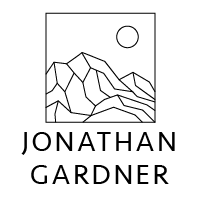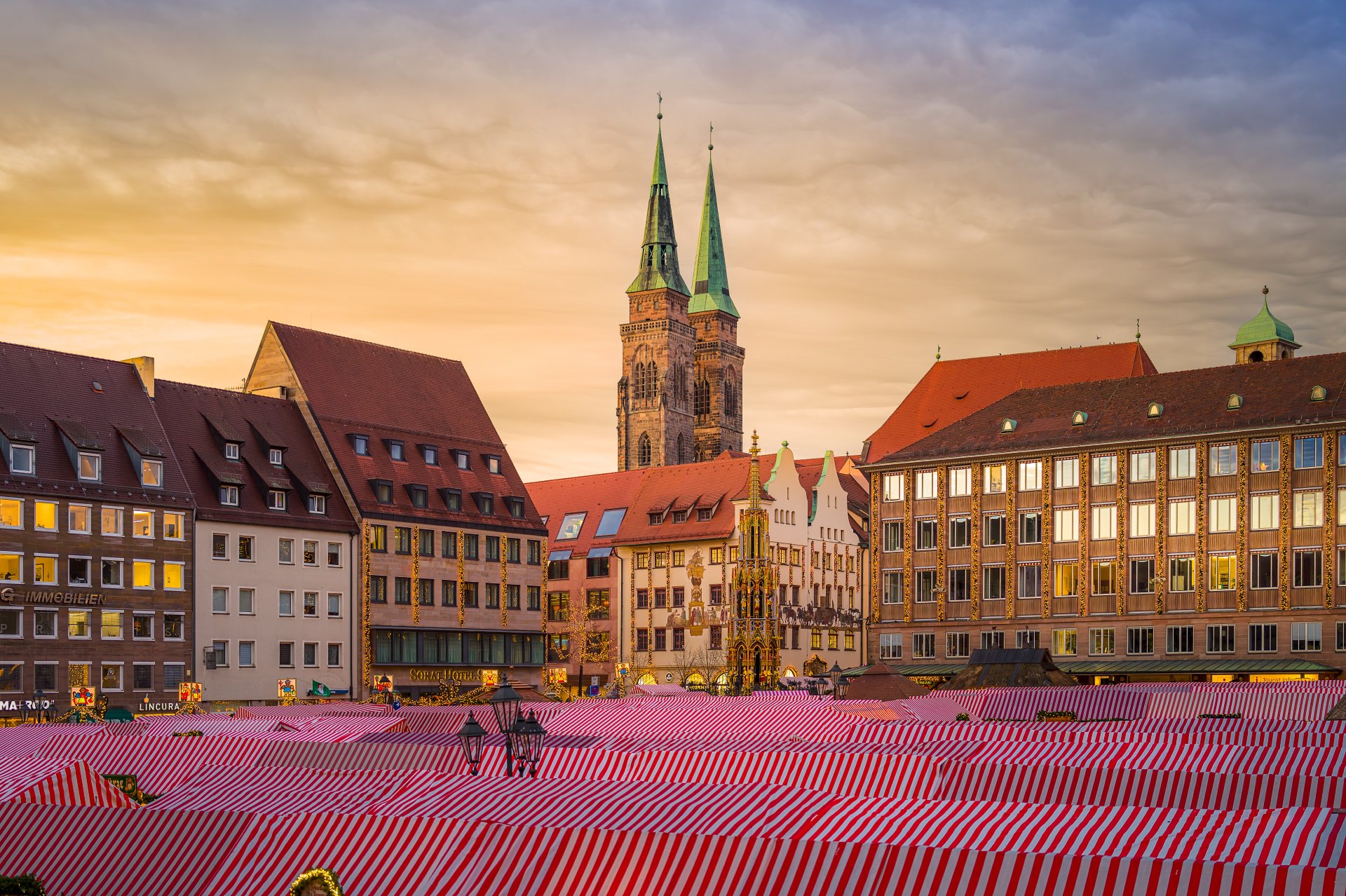European Christmas Markets: A Photography Tour
Join photographer Jonathan Gardner on a festive journey through Europe's enchanting Christmas markets, captured with a new Leica Q3 43 camera.
The scent of mulled wine mingles with crisp winter air as thousands of twinkling lights transform centuries-old European town squares into magical wonderlands. This winter, I embarked on a photography journey through the Christmas markets of Germany, France, and Switzerland, documenting both the festive atmosphere and historic surroundings. The trip marked a special milestone as I purchased a new Leica Q3 43 in Frankfurt, which became my companion throughout this rail journey across Central Europe.
The Rhythm of Christmas Market Photography
Traveling by train between Frankfurt, Cologne, Strasbourg, Basel, and Nuremberg created a natural rhythm to this photographic journey. Spending multiple nights in each location allowed me to capture markets in different lighting conditions – from the golden glow of late afternoon to the magical blue hour when lights first come alive, and into the full darkness when markets reach their illuminated peak.
Christmas markets offer unique challenges and opportunities for photographers. The contrast between bright stalls and dark surroundings, the movement of crowds, and the cold weather all require adaptability. Yet these markets also present stunning visual elements: the warm amber lights against cold winter air, intricate handicrafts, architectural backdrops spanning centuries, and genuine human moments of joy and connection.
Finding the Story in Each Frame
The best market photographs capture more than just decorations and stalls. They tell stories about traditions, craftsmanship, and community celebration. I found myself drawn to hands wrapped around steaming mugs, vendors crafting ornaments in real-time, and children's faces illuminated by carousel lights. These human elements bring warmth to winter photography and connect viewers emotionally to distant places and traditions.
City-by-City: Capturing Market Character
Each city's Christmas market has its own character, influenced by regional traditions, architectural surroundings, and cultural history. This variety created fascinating photographic opportunities throughout the journey.
Frankfurt: First Impressions Through a New Lens
My journey began in Frankfurt, where the contrast between medieval Römerberg square and the modern skyline creates a uniquely German juxtaposition. Here, I purchased my Leica Q3 with a 43mm lens – a decision that would define the visual character of this entire trip.
Frankfurt's market provided the perfect testing ground for the new camera. The traditional wooden stalls against the half-timbered buildings of the old town square created classic Christmas market scenes, while the illuminated skyscrapers in the background offered modern context. This contrast between old and new became a recurring theme throughout my photography.
The 43mm focal length proved ideal for this environment – wide enough to capture architectural context yet tight enough to isolate subjects within the bustling market. My first evening shots revealed the Leica's exceptional low-light performance, rendering the warm glow of market stalls with remarkable clarity.
Cologne: Cathedral Grandeur as Backdrop
The Cologne Christmas market stands in the shadow of the city's magnificent Gothic cathedral, creating one of the most dramatic market settings in Europe. From a photographic perspective, this presented exciting compositional possibilities – using the soaring cathedral spires as framing elements and backdrop for more intimate market scenes.
The challenge in Cologne was balancing exposure between the brightly lit market stalls and the dramatically illuminated cathedral. The dynamic range of the Leica sensor proved valuable here, capturing both without losing detail in highlights or shadows.
Some of my favorite images from Cologne came from a misty walk across the train bridge t the foot of the cathedral. Just as I was about to capture an image of the bridge and cathedral a crew of rowers moved into frame adding yet another element to the frame. This was the final touch on an iconic picture of the cathedral from across the Rhine River.
Strasbourg: The Fairytale Setting
Crossing into France, Strasbourg's market offered a different aesthetic. Known as the "Capital of Christmas," the city's Alsatian architecture – with timber-framed buildings and narrow lanes – creates a storybook setting for market photography.
The challenge in Strasbourg was avoiding the obvious postcard shots while still capturing the undeniable charm. I focused on finding unique perspectives: shooting through frosted windows into warm interiors, capturing reflections in ornaments and shop windows, and using shallow depth of field to isolate traditional details against the busy background.
Early morning proved magical in Strasbourg. Before the crowds arrived, I captured the empty market stalls with mist rising from the river, the half-timbered buildings reflected in puddles, and locals setting up for the day. These quieter moments revealed the authentic character of the place beyond the tourist experience.
Basel: Swiss Precision Meets Festive Tradition
The Christmas market in Basel offered yet another cultural variation, with Swiss precision evident in the meticulous decoration and organization of market stalls. The Rhine River provided stunning reflections of market lights, especially during blue hour when the balance between ambient light and artificial illumination creates a magical atmosphere.
Basel's market extended through several town squares, connected by light-decorated streets. Rather than treating these as separate markets, I worked to create a visual narrative connecting these spaces, following the path visitors would take through the city center.
Basel provided additional photographic opportunities to incorporate an iconic photo of the Masse Basel Tramstop with a festive tree decorated at the center.
The Basel market also featured unique local traditions, including specialized foods and crafts that differed from the German markets. These details provided opportunities for close-up photography that told cultural stories beyond the typical festive scenes.
Nuremberg: History and Tradition Intertwined
The final stop brought me to Nuremberg, home to one of Germany's oldest and most traditional Christmas markets. Here, the historical context runs deep, with the medieval city center rebuilt after WWII destruction. This duality – tradition and renewal – created compelling narrative possibilities for photography.
Beyond the main market, I explored Nuremberg's historical sites, documenting the juxtaposition between the city's complex past and its festive present. The Nazi rally grounds and Documentation Center offered sobering counterpoints to the joy of the Christmas markets, creating a more nuanced photographic story about place and memory.

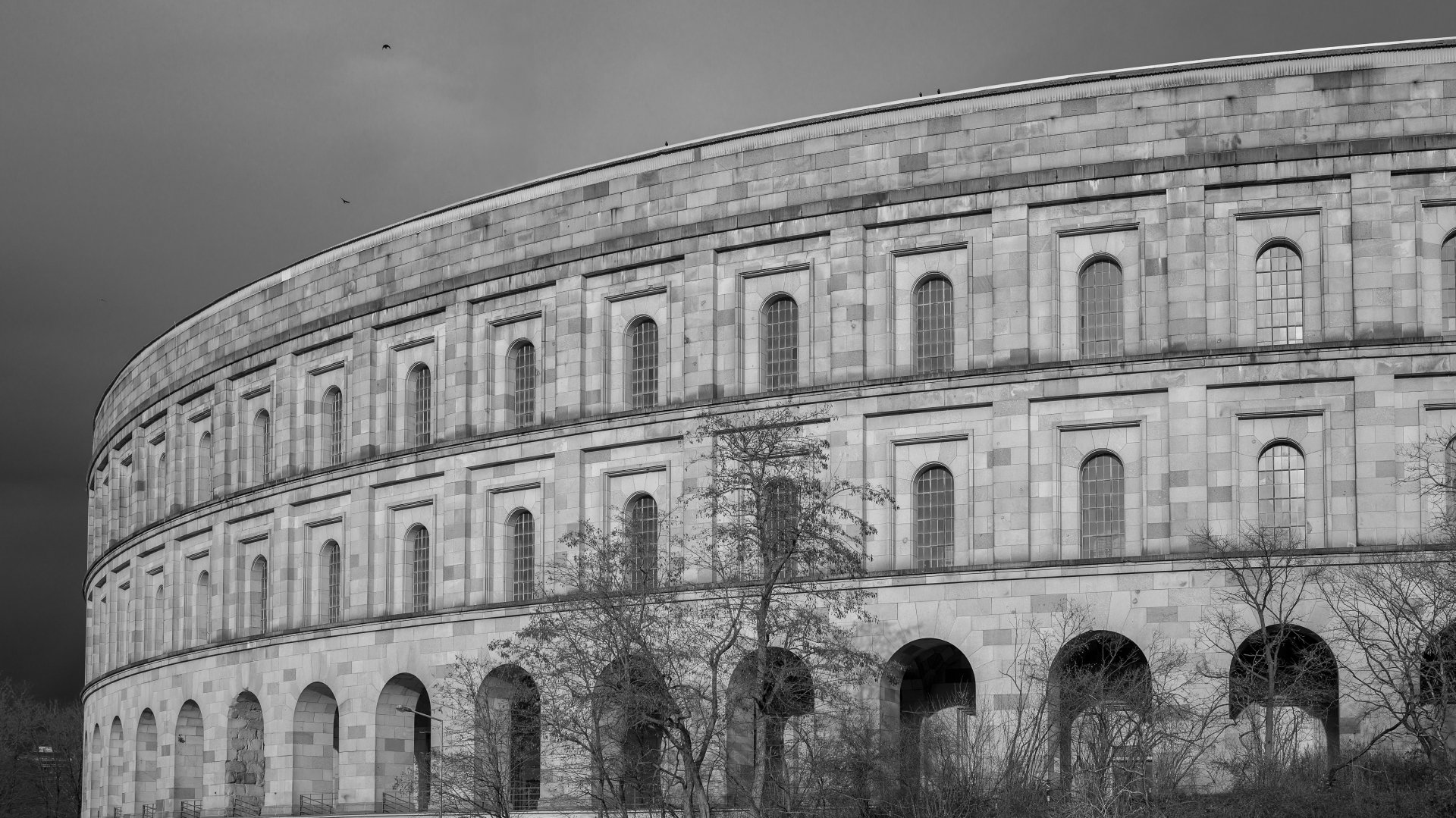
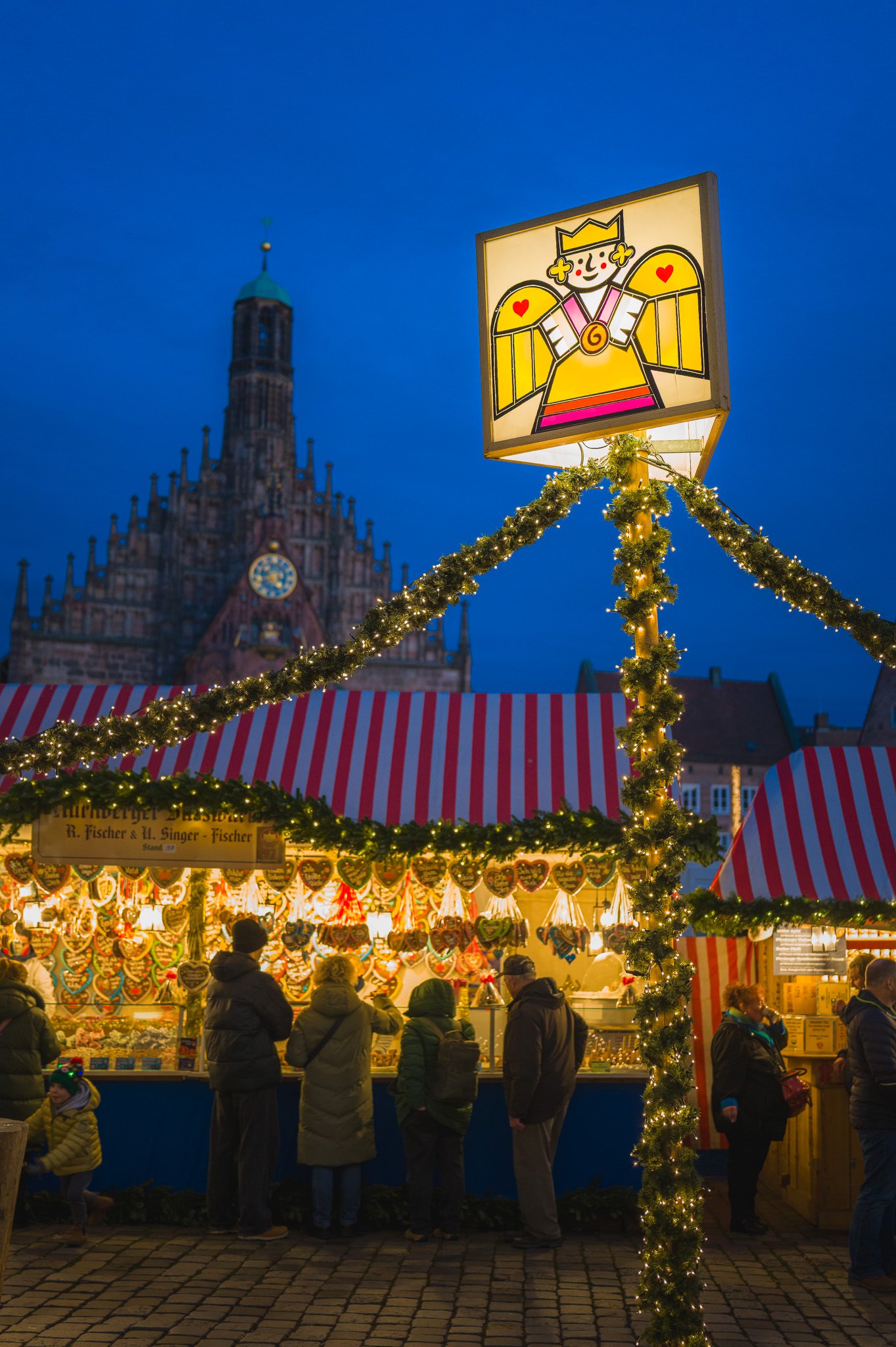
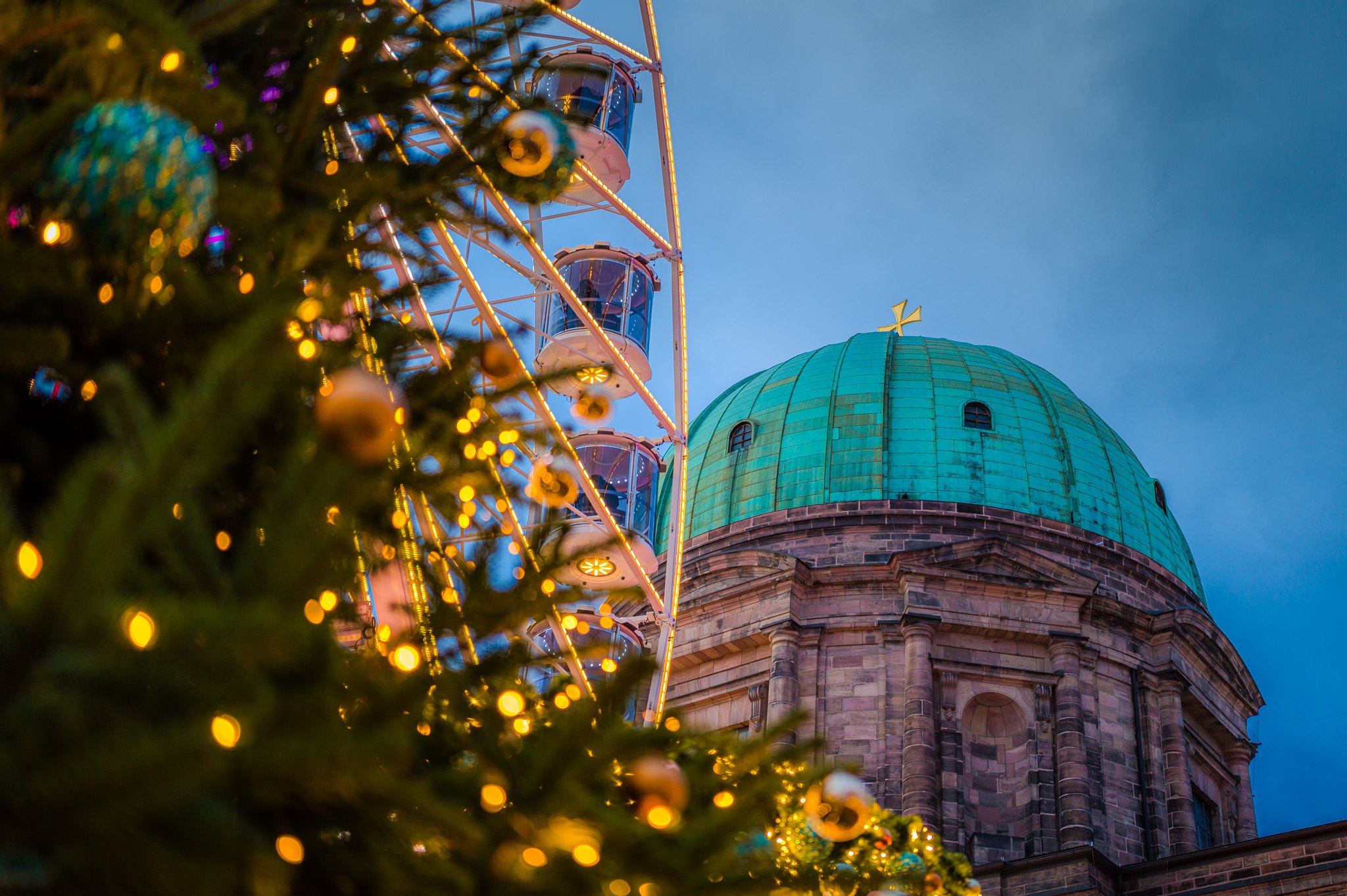
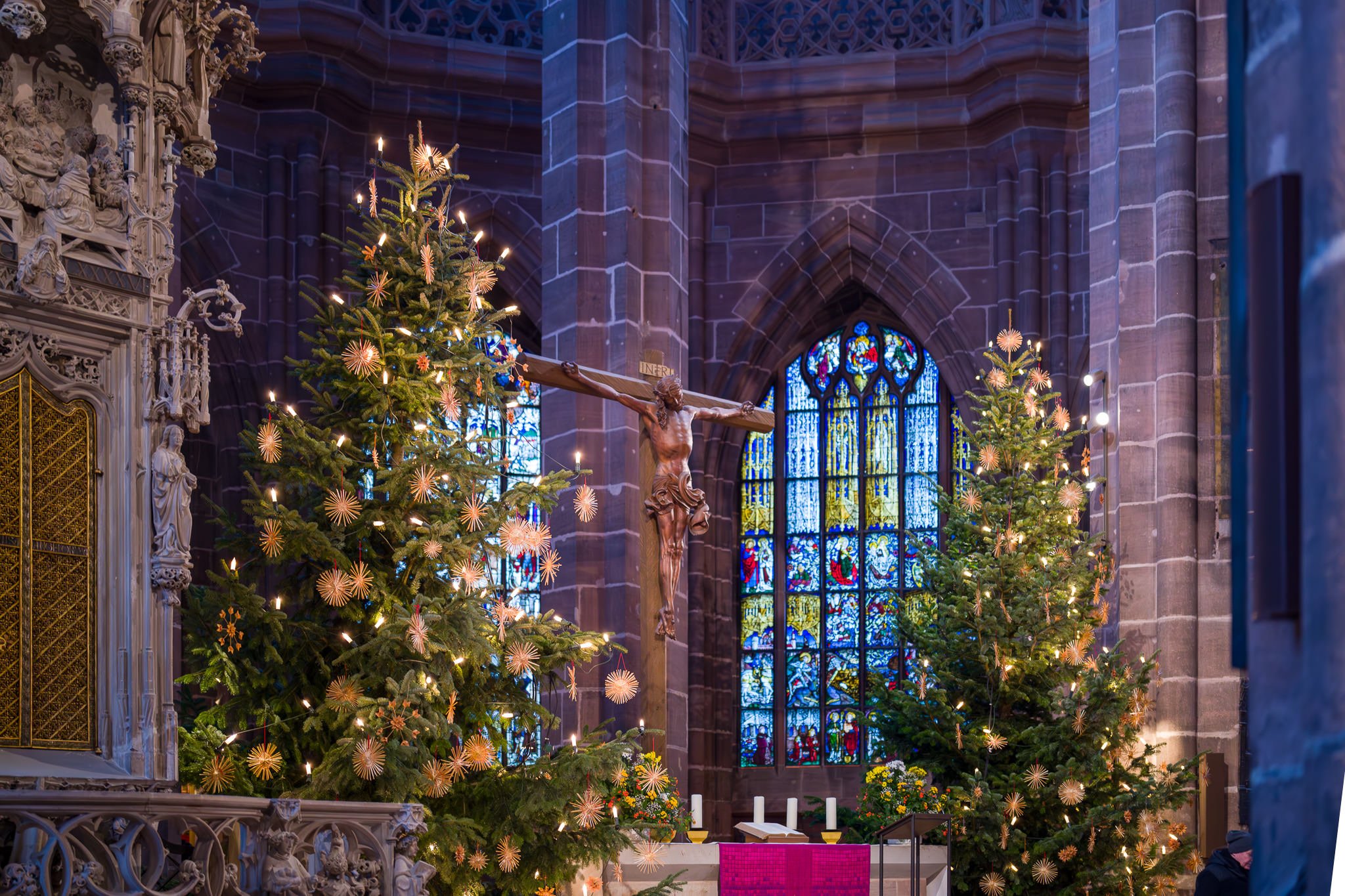
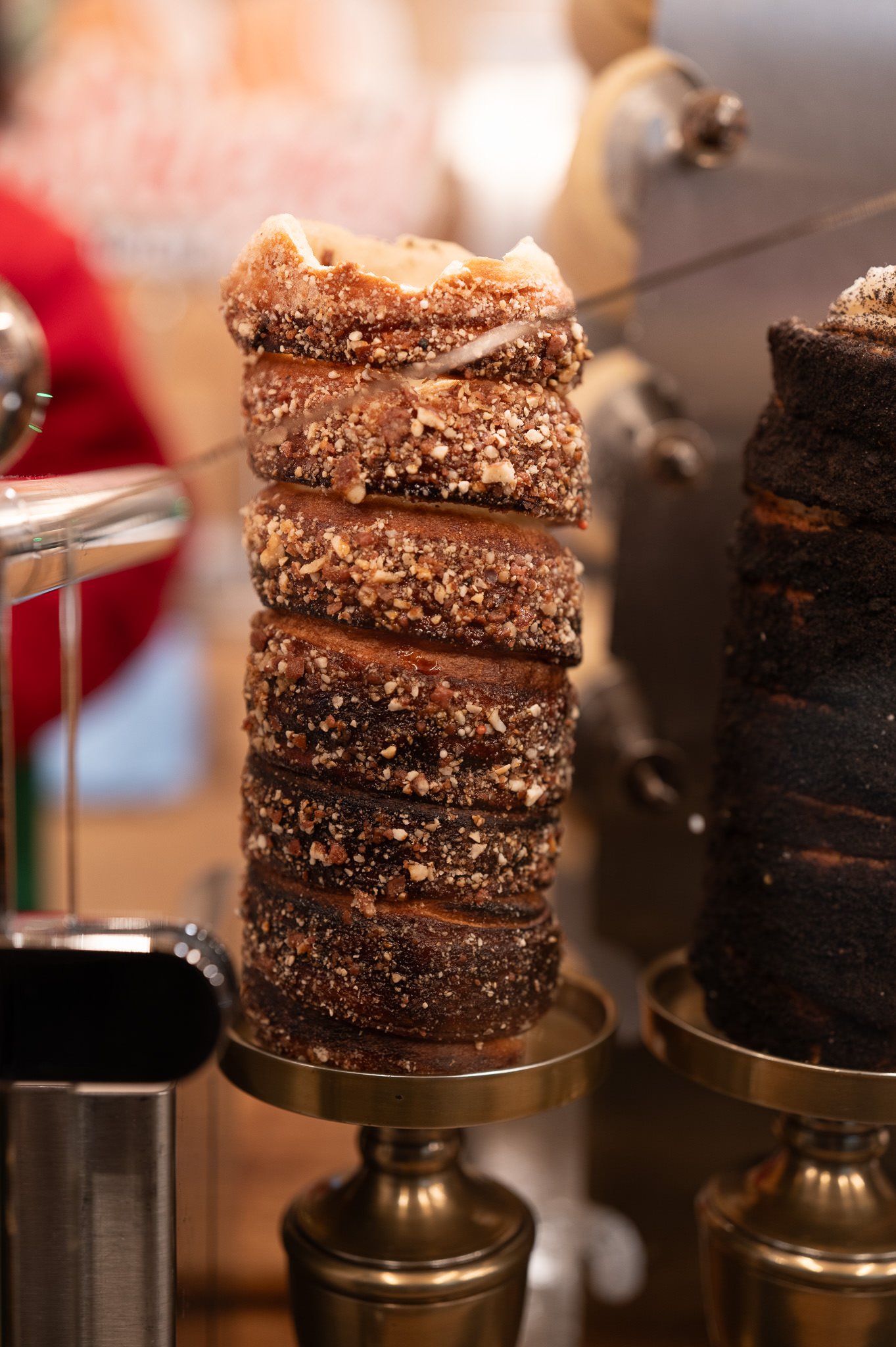
The Nuremberg market itself is known for strict regulations on traditional craftsmanship, meaning fewer mass-produced items and more authentic artisanal products. This emphasis on craftsmanship provided rich opportunities for detail photography – hands creating objects, traditional methods on display, and the subtle variations that come with handmade items.
Technical Challenges and Solutions
Christmas market photography presents specific technical challenges that required adaptation throughout this journey.
Mastering Low Light
Markets come alive after dark, but this creates obvious exposure challenges. I found myself regularly pushing ISO boundaries to maintain hand-held shooting flexibility. The Leica Q3's performance at ISO 3200 and even 6400 proved exceptional, retaining detail and color fidelity even in challenging conditions.
For certain scenes, particularly wider market views with dynamic movement, a small tripod proved invaluable. Setting up in less crowded areas allowed for longer exposures that captured motion blur of visitors while keeping lights and structures sharp – creating a sense of energy and flow.
Balancing Color Temperature
Christmas markets present a complex color temperature environment – warm yellow lights, cool blue evening skies, and often multiple artificial light sources. Rather than fighting this complexity, I embraced it as part of the market character.
The solution was often to shoot in RAW + JPEG and adjust the white balance in post-processing for images where the JPEG didn't match the scene. This provided the flexiblility to make artistic changes to convey the right mood.
Weather Protection and Cold Operation
Winter photography means contending with cold fingers, potential precipitation, and temperature changes that can fog lenses when moving between outdoor and indoor environments. The Leica's solid build quality provided confidence in damp conditions, though I maintained a simple routine of keeping the camera inside my coat when not shooting to maintain operating temperature.
Battery life diminishes significantly in cold weather. Keeping spare batteries in inside pockets, close to body heat, ensured they were ready when needed. The Leica's energy efficiency proved better than expected, though I still rarely went through more than a single battery during a full day of shooting.
People and Crowds
Crowded markets make traditional composition challenging. I developed several approaches to work with rather than against the crowds. Elevated positions – from stairs, balconies, or nearby buildings – transformed crowded scenes into interesting patterns. Selective focus isolated subjects against the blur of moving people. And patience for moments when crowds naturally opened up occasionally revealed perfect compositions.
For candid photographs of people enjoying the markets, I found the 43mm lens ideal – close enough to capture genuine expressions without being intrusive. The silent shutter option on the Leica also proved valuable for unobtrusive photography in quiet moments.
The Leica Q3 43 Experience
Purchasing the Leica Q3 with 43mm lens in Frankfurt became a defining aspect of this journey. The camera's performance throughout the trip confirmed it was the right choice for Christmas market photography.
Why This Camera for This Journey
The decision to invest in the Leica Q3 43 came from specific requirements for this trip. I needed exceptional low-light performance, weather resistance for winter conditions, unobtrusive operation for street photography, and image quality that would translate to large fine art prints.
The fixed 43mm lens initially seemed like a limitation, but quickly proved to be liberating. This classic focal length – slightly wider than standard but not ultra-wide – perfectly matched the market environment. It captured environmental context while still allowing for intimate details without constant lens changes in cold conditions.
Image Quality for Print
As someone who sells fine art prints, image quality was a primary consideration. The files from the Leica consistently delivered exceptional detail, color depth, and dynamic range – qualities that translate directly to large-format printing.
The camera's resolution and lens quality captured the intricate details of Christmas ornaments, the texture of wooden stalls, and the subtle gradations of light with remarkable clarity. These technical qualities ensure that prints can be offered at sizes suitable for significant wall displays.
Learning Curve and Adaptation
Any new camera system requires adaptation. The Leica's straightforward controls and minimal menu diving allowed me to focus on photography rather than settings. By the second day, operating the camera had become intuitive even with gloved hands in cold conditions.
The camera's size struck an ideal balance – substantial enough for stable handling yet compact enough for all-day carrying. This portability proved especially valuable when moving between multiple markets and historical sites in a single day.
Capturing Christmas Market Magic
This journey through European Christmas markets with a new Leica Q3 43 reinforced something I've long believed as a photographer – that technical equipment serves the creative vision, not the other way around. The camera became an extension of seeing, allowing me to document both the festive atmosphere and cultural significance of these centuries-old traditions.
The resulting images tell stories of craftsmanship, community celebration, architectural beauty, and the magical transformation that occurs when historic European cities embrace their winter traditions. They capture both fleeting moments – steam rising from a mug, children's wonder at twinkling lights – and the timeless qualities that draw people to these markets year after year.
These Christmas market photographs are now available as fine art prints on my website, offering a chance to bring this winter magic into homes year-round. The images range from panoramic market scenes that capture the full festive atmosphere to intimate details that reveal the craftsmanship and tradition behind the celebrations.
For behind-the-scenes stories and additional images from this journey, follow me on Instagram and Facebook. To see additional images from my travels, consider signing up for our newsletter to get notified when we publish new content or release new prints.
Have you visited European Christmas markets? Which city's market would you most like to see captured in photographs? Share your thoughts in the comments below.

